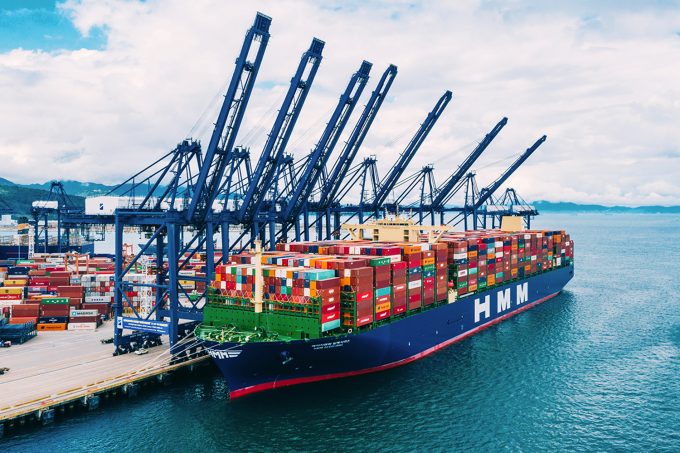Gemini partners on the hunt for scarce chartered tonnage
Pacific International Lines (PIL) has chartered one of its ships to Hapag-Lloyd for three years, ...

The container shipping industry posted a combined profit of $2.7bn in the second quarter of this year – every line publicly reporting financial results being in the black.
According to new research from liner analyst SeaIntelligence Consulting, the positive results were despite every line experiencing declining revenue and year-on-year volumes.
“Looking at the financial performance, the shipping lines have been able to navigate these uncertain times rather well,” said SeaIntelligence Consulting chief executive Alan Murphy.
“This has to be the result of a ...
Amazon pushes into LTL for small package fulfilment and UPS does a u-turn
New senior management for DSV as it readies for DB Schenker takeover
Volumes set to 'fall off a cliff' as US firms hit the brakes on sourcing and bookings
Asian exporters scramble for ships and boxes to beat 90-day tariff pause
Temporary tariff relief brings on early transpacific peak season
'Tariff madness' will prompt renegotiation of ocean shipping contracts
Forwarders 'allowing the fox into the chicken run' by supporting 'hungry' carriers
Response to tariffs by Chinese importers may see extra costs for US shippers

Comment on this article